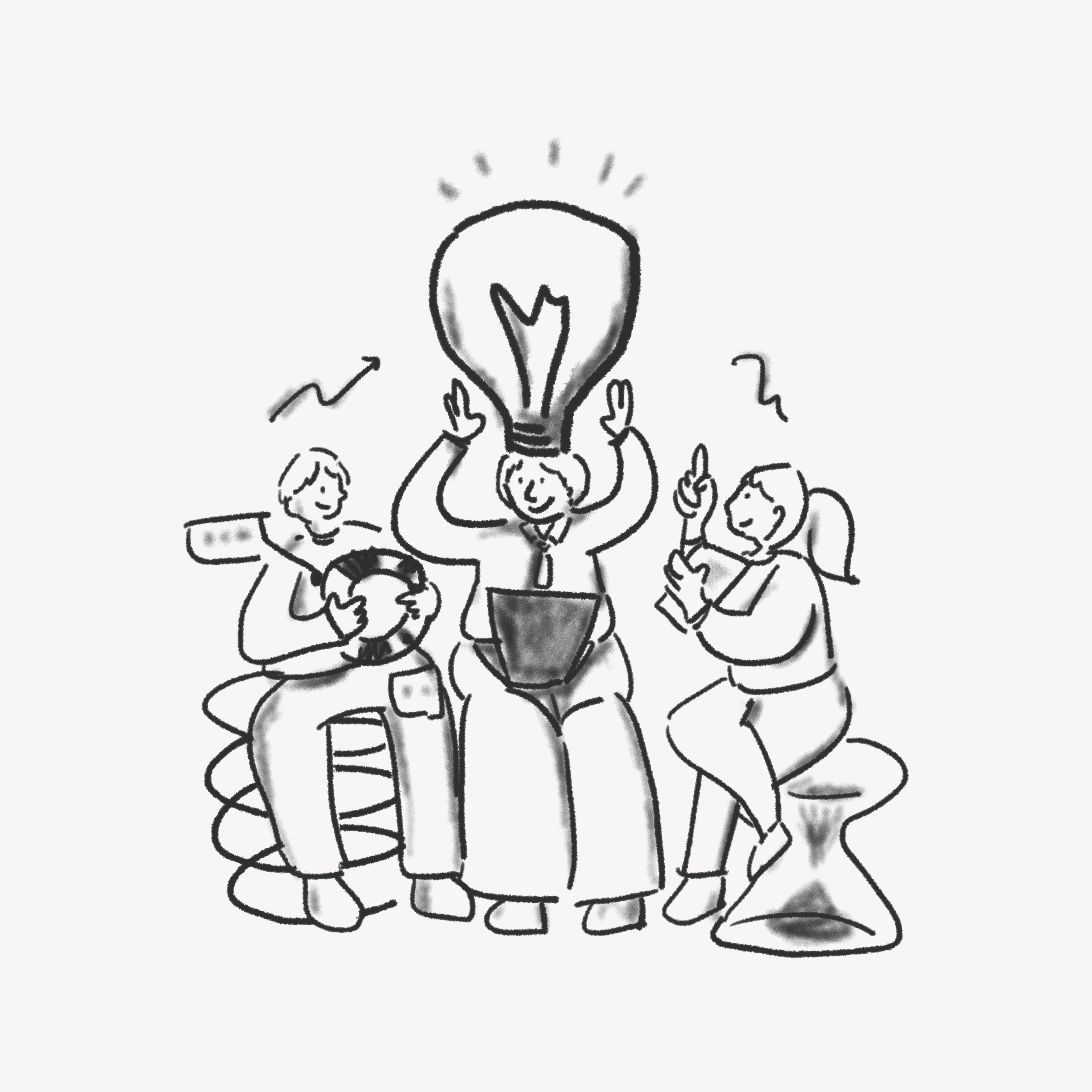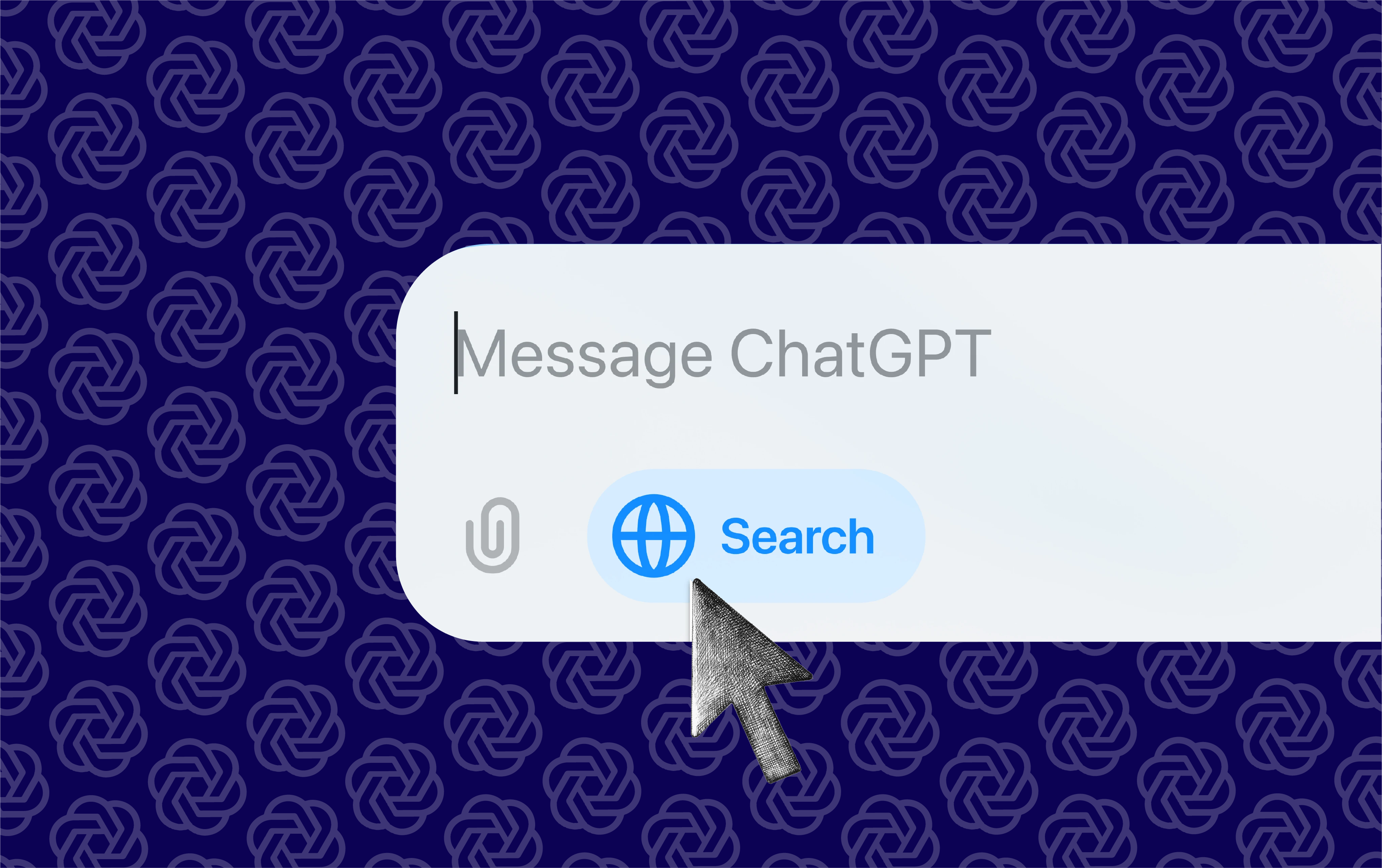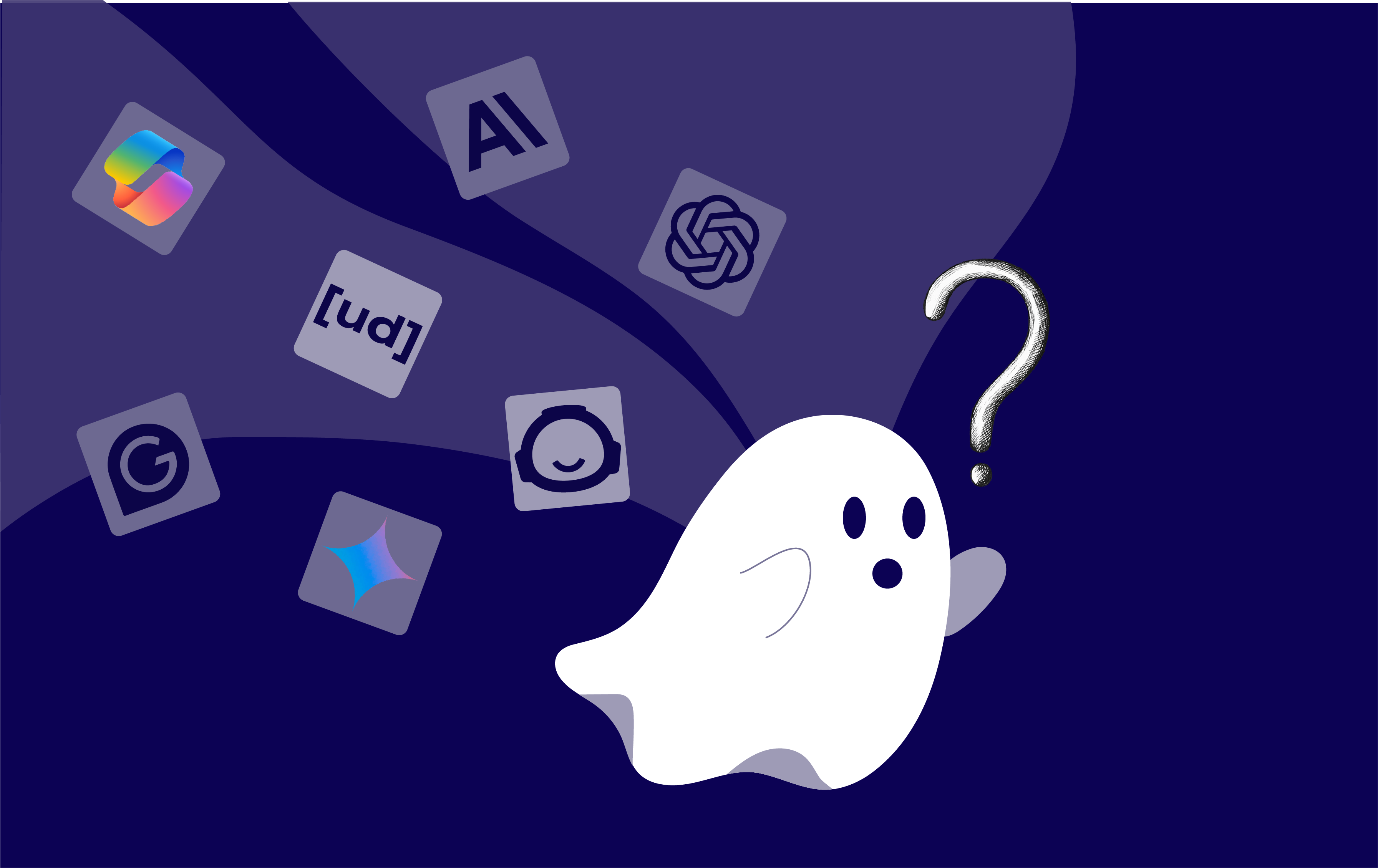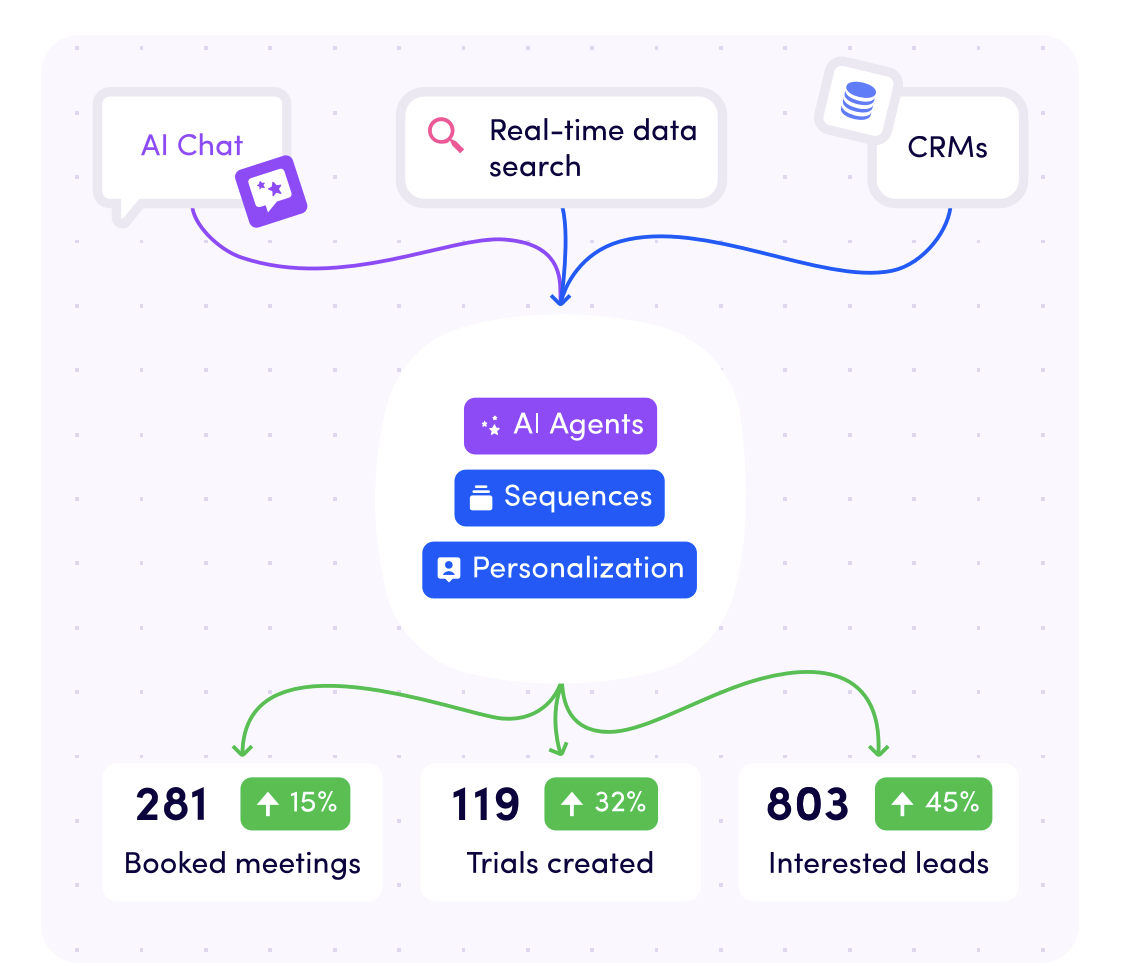Can AI boost cross-functional collaboration? Explore how AI-powered platforms are transforming the way teams align, manage tasks, and create content.
From predictive analytics to data-driven insights, AI is helping teams streamline decision-making, enhance customer experiences, and optimise remote work environments for smarter, more effective cross-functional teamwork.
We will go through:
- The rise of AI in the workplace
- Understanding cross-team collaboration
- The role of AI in workplaces
- How AI enhances cross-team collaboration
- Challenges and solutions
- Final thoughts
-
Want to learn more about AI?
- FAQ
The rise of AI in the workplace
Artificial intelligence (AI) is no longer just a buzzword—it's reshaping the very fabric of the workplace.
As AI technologies advance, we're witnessing a profound shift in how work gets done and the kinds of roles businesses need.
While it's true that automation is replacing millions of jobs, particularly those involving routine tasks like data entry or transcription, it's also creating a wave of new opportunities that demand creative thinking, complex problem-solving, and strategic insight.
But what does this mean for the everyday workplace?
The introduction of AI enables businesses to streamline processes, allowing employees to move away from repetitive tasks and towards more meaningful work.
Instead of spending time on tasks like typing or transcribing, workers can now focus on driving innovation and making impactful decisions.
In industries like healthcare, translation, and finance, AI outperforms human capabilities, pushing the boundaries of what's possible.
So, as AI continues to carve out its place in the workplace, it’s not just changing how we work—it's redefining what work looks like, now and in the future.

Understanding cross-team collaboration
Cross-team collaboration, also known as cross-functional collaboration, occurs when employees from different departments within an organisation come together to work on a task or project.
It might sound simple, and in many ways, it is.
In fact, your team is likely already engaging in some form of cross-functional collaboration without even realising it.
Whether it’s marketing working with sales on a new campaign, or product development teaming up with customer service to improve user experience, cross-team collaboration is about using the diverse skills and perspectives of various departments to achieve a common goal.
This approach not only enhances the quality of the work but also fosters a more unified and cohesive organisational culture.
While it may seem like a straightforward concept, effectively managing cross-functional collaboration requires careful coordination, clear communication, and a commitment to shared success.

The role of AI in workplaces
AI is quickly becoming a game-changer in the workplace, shaking up how we get things done.
At its heart, AI is all about using smart algorithms to handle both the tricky problems and the repetitive tasks that often bog us down.
This means that businesses can now streamline their processes in ways that were once out of reach.
So, how is AI being used on the job?
Well, it’s pretty versatile.
From automating routine admin work to helping teams make smarter, data-driven decisions, AI is popping up everywhere.
It’s helping companies cut down on mistakes, save money, and make choices that are backed by solid data.
In fact, having AI on board is quickly shifting from a nice-to-have to a must-have if you want to stay ahead of the competition.
Whether it's reducing human error or boosting efficiency, AI is proving to be more than just a tech trend—it's becoming a crucial part of how we work and succeed in today’s fast-paced world.

How AI enhances cross-team collaboration
AI isn’t just about crunching numbers—it’s also changing how teams work together.
Here’s how it makes collaboration smoother and more exciting:
AI pulls in diverse expertise from different fields, like data scientists and engineers, all working together.
This mix of skills sparks creativity and leads to fresh, innovative solutions that a single perspective might miss.
It also breaks down the usual barriers between departments.
Instead of working in isolation, teams can easily share information and stay aligned, speeding up the whole process and making things run more smoothly.
With AI, agile development gets a boost.
Teams can quickly test and tweak ideas, using instant feedback to make fast improvements.
This means AI solutions are more flexible and fit real-world needs better.
Sharing knowledge becomes a breeze.
When teams collaborate, they learn from each other’s experiences and expertise, which helps everyone grow and stay on top of the latest trends.
AI makes problem-solving more collaborative.
Diverse teams brainstorming together can tackle complex challenges from different angles, leading to creative breakthroughs.
And it keeps everyone in the loop.
By involving end-users and business leaders in the process, AI helps ensure that solutions meet actual needs and deliver real benefits.
In short, AI turns teamwork into a powerful tool for innovation, making collaboration more effective and exciting.
.png?width=2085&height=1310&name=03-AI%20for%20Cross-team%20Collaboration%20(1).png)
Challenges and solutions
AI can enhance teamwork, but it also presents some challenges.
Here’s a quick rundown of common issues and practical solutions:
-
Different Expertise: Teams with diverse skills often struggle with communication.
💡Solution: Foster clear, regular communication and use collaborative tools that help bridge these gaps.
-
Data Access: Sharing data is essential but tricky due to privacy concerns.
💡Solution: Implement robust data governance policies and use secure, centralised data-sharing platforms.
-
Organisation Chaos: With many contributors, keeping track of ideas and assets can be messy.
💡Solution: Establish a clear system for managing and reviewing work, with defined roles and permissions.
-
Tool Coordination: Different teams might use varying tools and systems.
💡Solution: Agree on standard tools and infrastructure from the start to ensure compatibility and consistency.
-
Version Control: Managing multiple versions of code and models can be problematic.
💡Solution: Use advanced version control systems and set up clear protocols for handling large files.
-
Documentation Issues: AI projects need detailed documentation, which can be overlooked.
💡Solution: Create a standard for documentation and schedule regular knowledge-sharing sessions.
-
Integration and Testing: Integrating AI components into existing systems can be challenging.
💡Solution: Plan integration carefully and involve all relevant teams early in the process.
-
Resource Constraints: Tight deadlines and limited resources can strain collaboration.
💡Solution: Prioritise tasks effectively and allocate resources wisely to meet deadlines without sacrificing quality.
By recognising these challenges and applying practical solutions, teams can make the most of AI-driven collaboration.

Final thoughts
Working with cross-functional AI teams can be both exciting and a bit tricky.
Getting everyone on the same page—from data scientists to business experts—means smooth communication and clear goals are crucial.
Investing in tools that keep everyone aligned can make a big difference.
Managing data access is another challenge.
It’s important to balance sharing data with keeping it secure.
Setting up strong access controls and using effective document-sharing systems can help with this.
Keeping things organised in AI projects can get chaotic with so many contributors.
Establishing clear guidelines and using project management tools can help everyone stay on track.
Version control is key for handling different versions of code and models.
Advanced systems can make it easier to manage changes and deal with large datasets.
Finally, sharing knowledge regularly helps keep everyone in the loop.
Documenting information and having regular updates foster a collaborative environment where creativity can flourish.
In all, while there are challenges, using the right strategies and tools can make cross-functional AI teamwork more effective and successful.
Want to learn more about AI?
You’re in the right place!
AI is a fascinating field and one that is building tremendous traction across the business landscape.
As technology advances, artificial intelligence applications for business are becoming more plausible in everyday practice.
AI is being used to save time and increase productivity outputs over many different roles and sectors.
This course will help you and your team boost productivity with AI solutions and make data-driven decisions for the future.
6 Modules | 24 lessons | 24 videos | 6 tests | 6 exercises
- Module 1: AI and Machine Learning Fundamentals
- Module 2: AI business strategy
- Module 3: GenAI for text: ChatGPT and prompt engineering
- Module 4: GenAI for design: text prompts and visual communication
- Module 5: AI for productivity
- Module 6: AI-powered predictive insights
👉 Check out our course here

FAQ
1. How does effective communication impact cross-functional teams in AI projects?
Effective communication is crucial for cross-functional teams working on AI projects. It ensures that everyone, from data scientists to business stakeholders, is on the same page. Clear and regular updates help in aligning goals and expectations, which can significantly enhance teamwork and project success.
2. What are some common challenges with data sharing in AI development?
Data sharing can be tricky due to privacy concerns and security regulations. To overcome these challenges, implementing robust data access controls and using secure, centralised platforms for data sharing can help. This approach ensures that data is both accessible to those who need it and protected from unauthorised access.
3. How can teams manage version control for AI models and code?
Managing versions of AI models and code requires careful tracking and organisation. Using advanced version control systems that support large datasets and provide clear protocols for managing changes can help. This ensures consistency and prevents confusion among team members.
4. What role does continuous learning play in effective AI project management?
Continuous learning is key to staying competitive in AI. Regular knowledge-sharing sessions and up-to-date documentation help teams adapt to new developments and improve their skills. This ongoing education fosters a collaborative environment where team members can innovate and address challenges more effectively.
5. How can AI-powered tools enhance collaboration among remote teams?
AI-powered tools can greatly improve collaboration for remote teams by facilitating real-time communication and document sharing. Features like virtual assistants and AI-driven brainstorming platforms make it easier to coordinate tasks and maintain alignment, even when team members are working from different locations.








.png?width=2085&height=1310&name=03-AI%20for%20Cross-team%20Collaboration%20(1).png)






